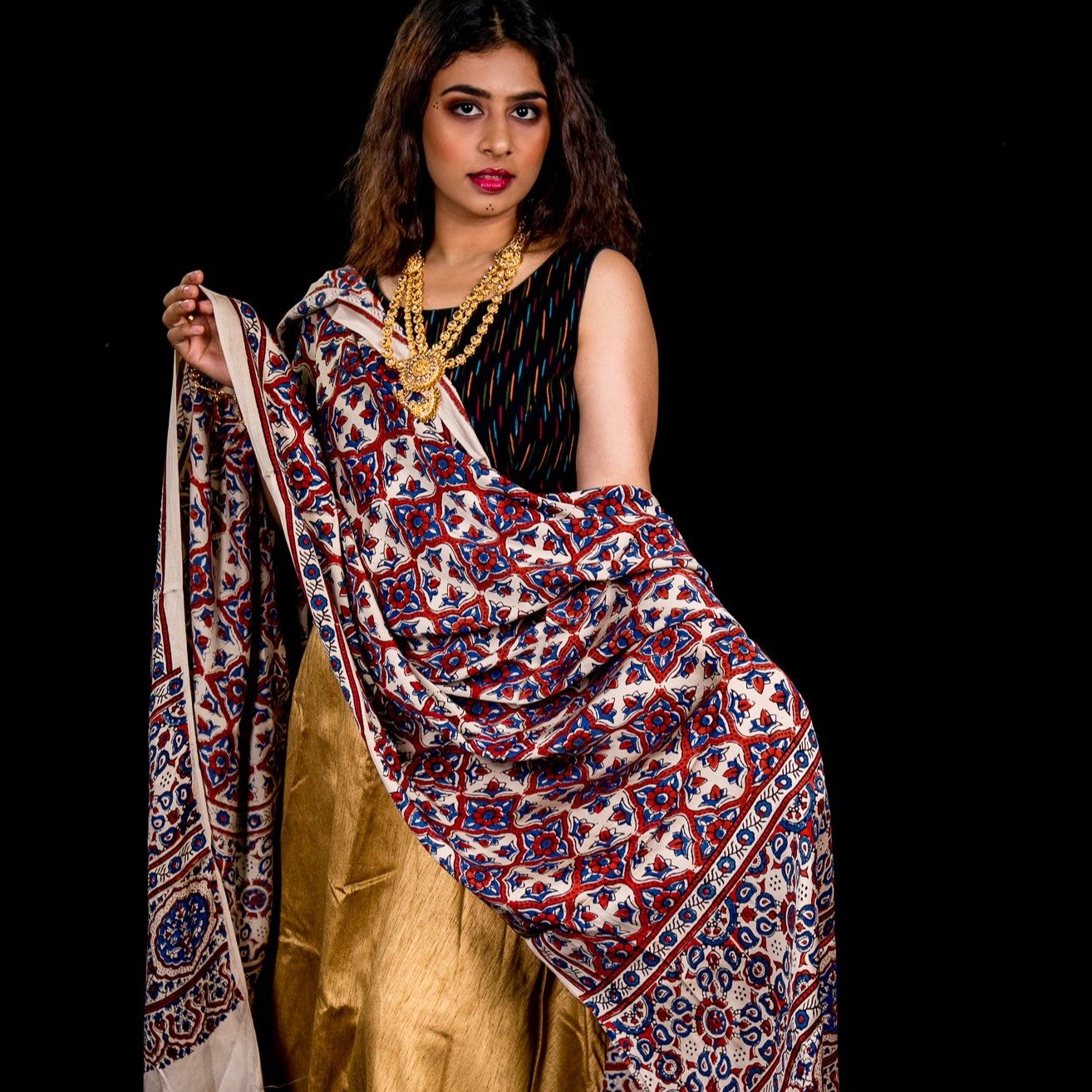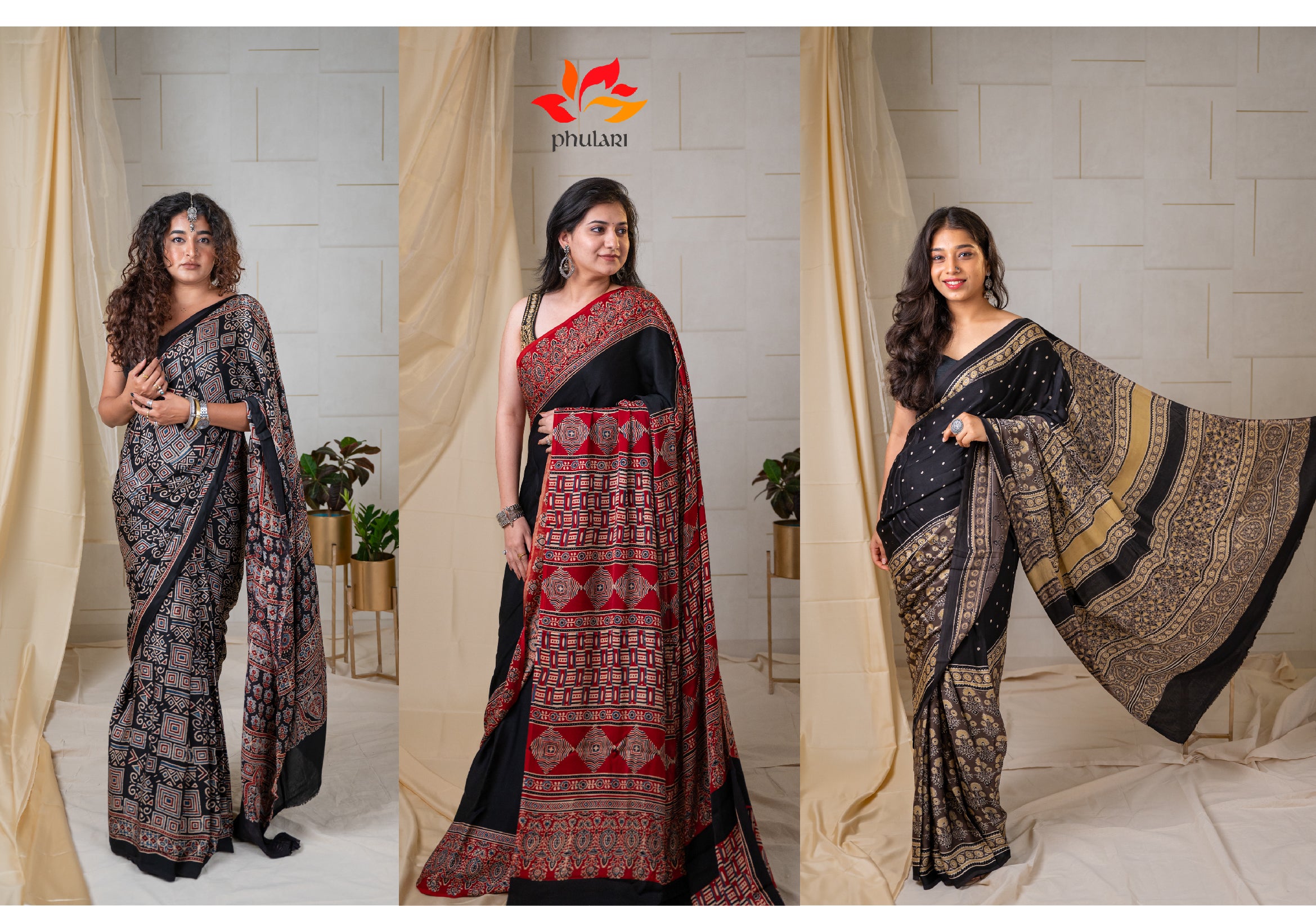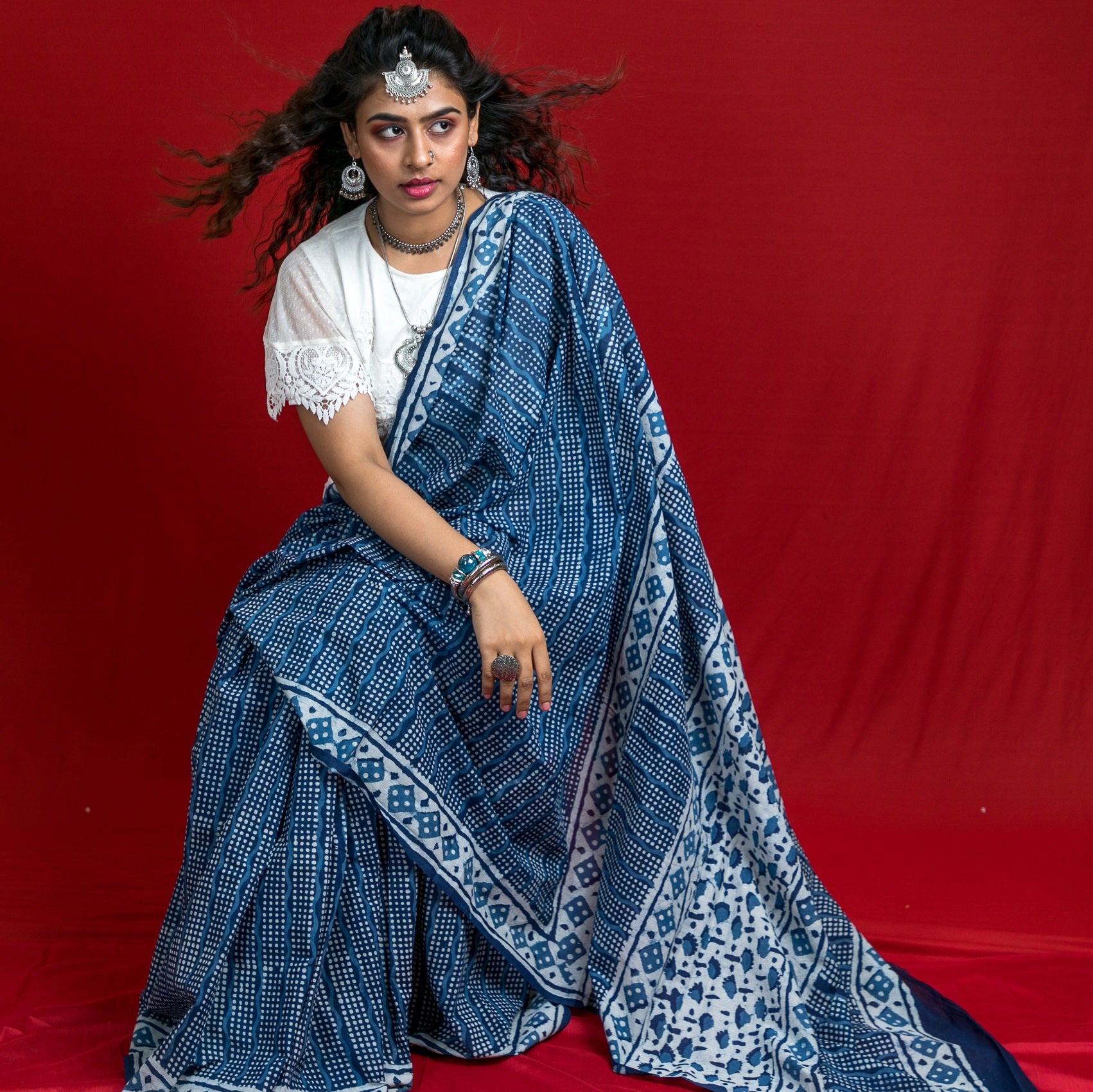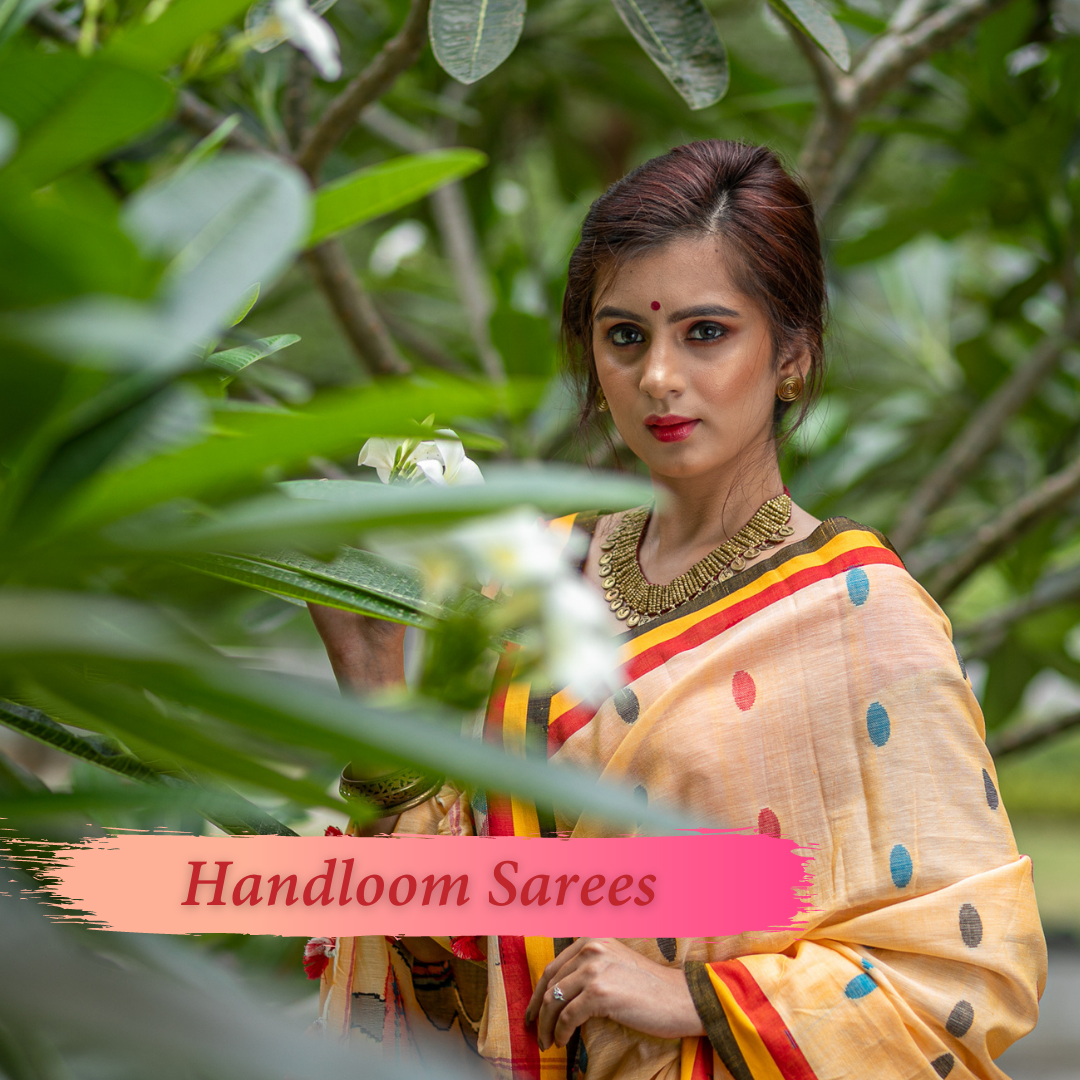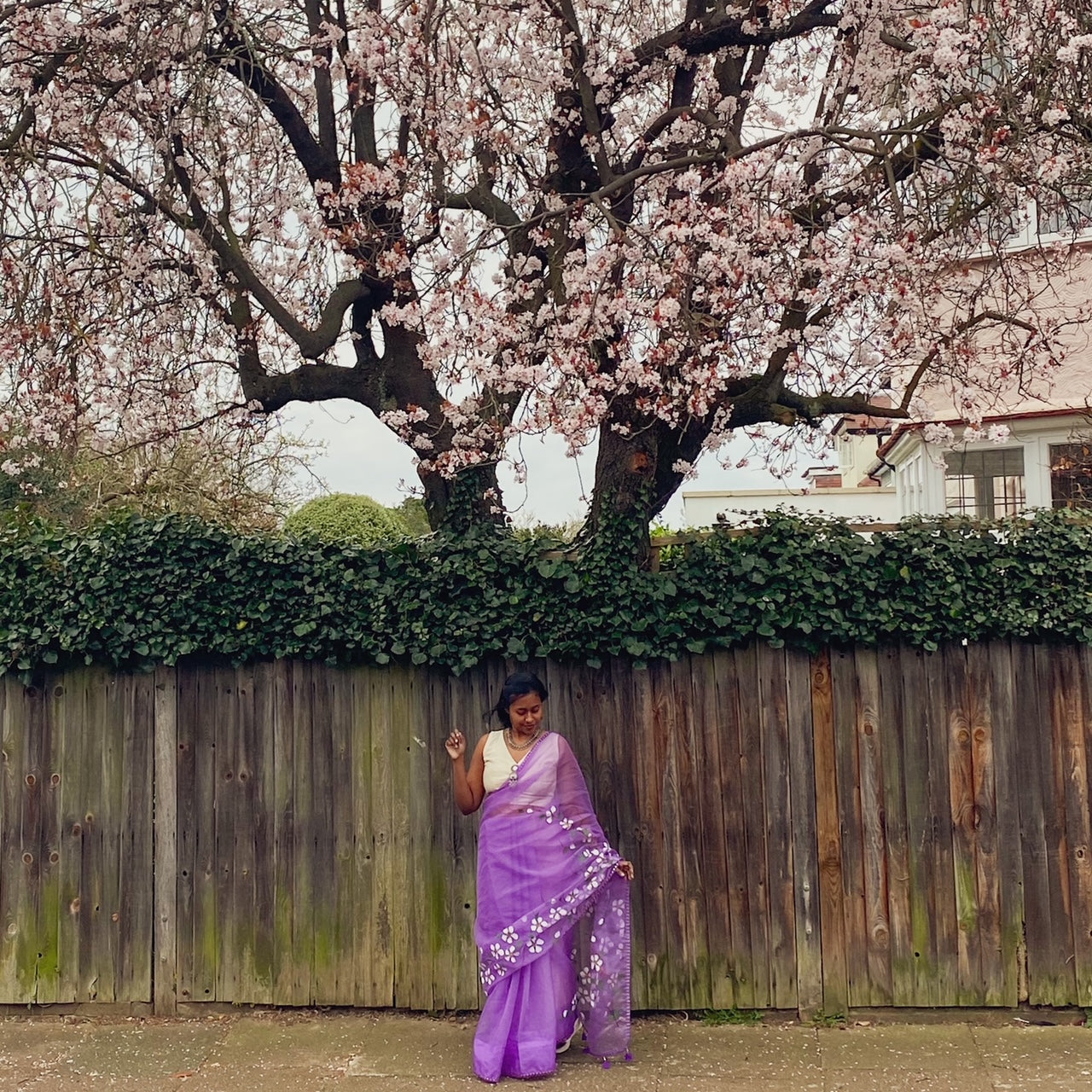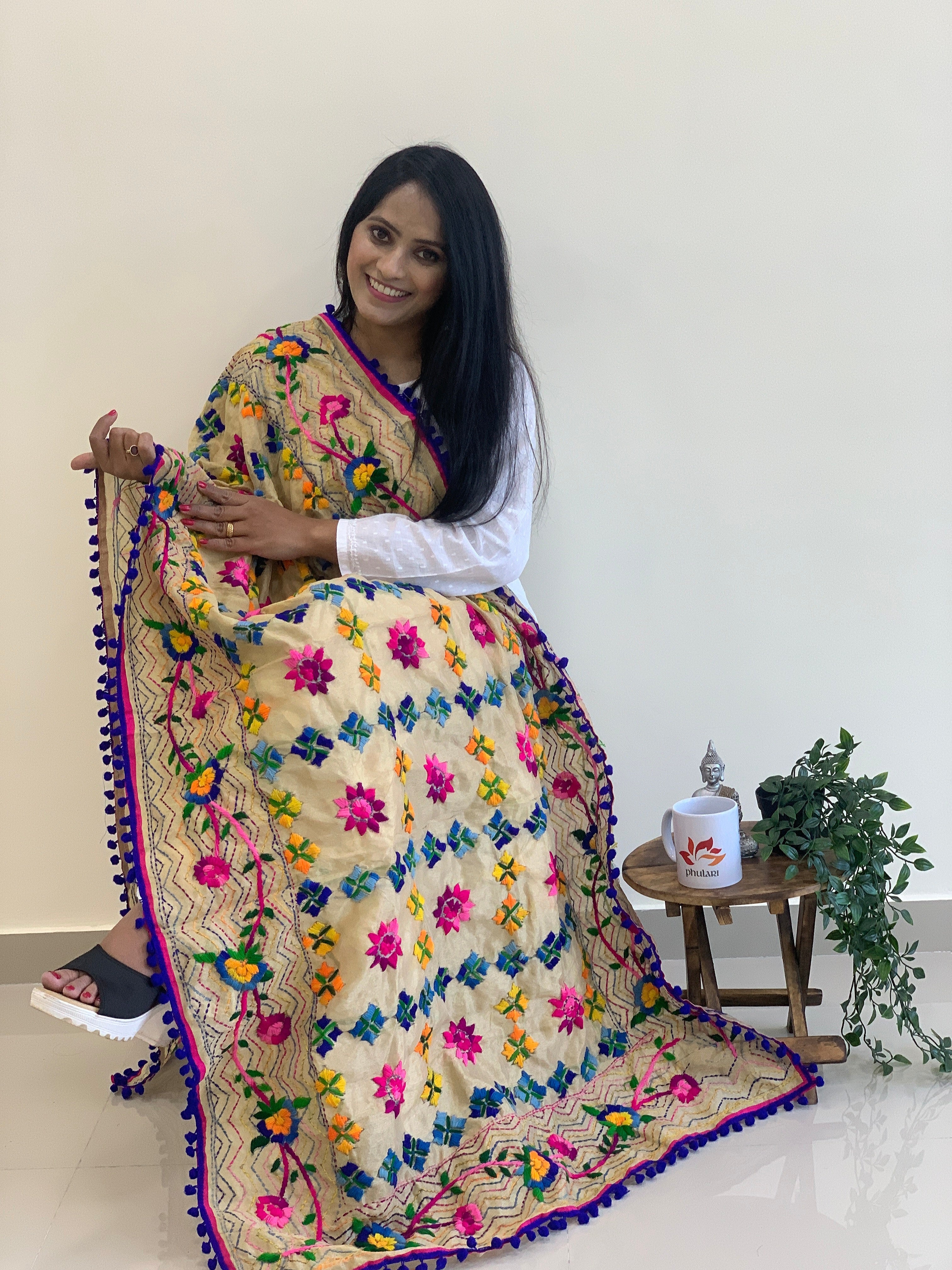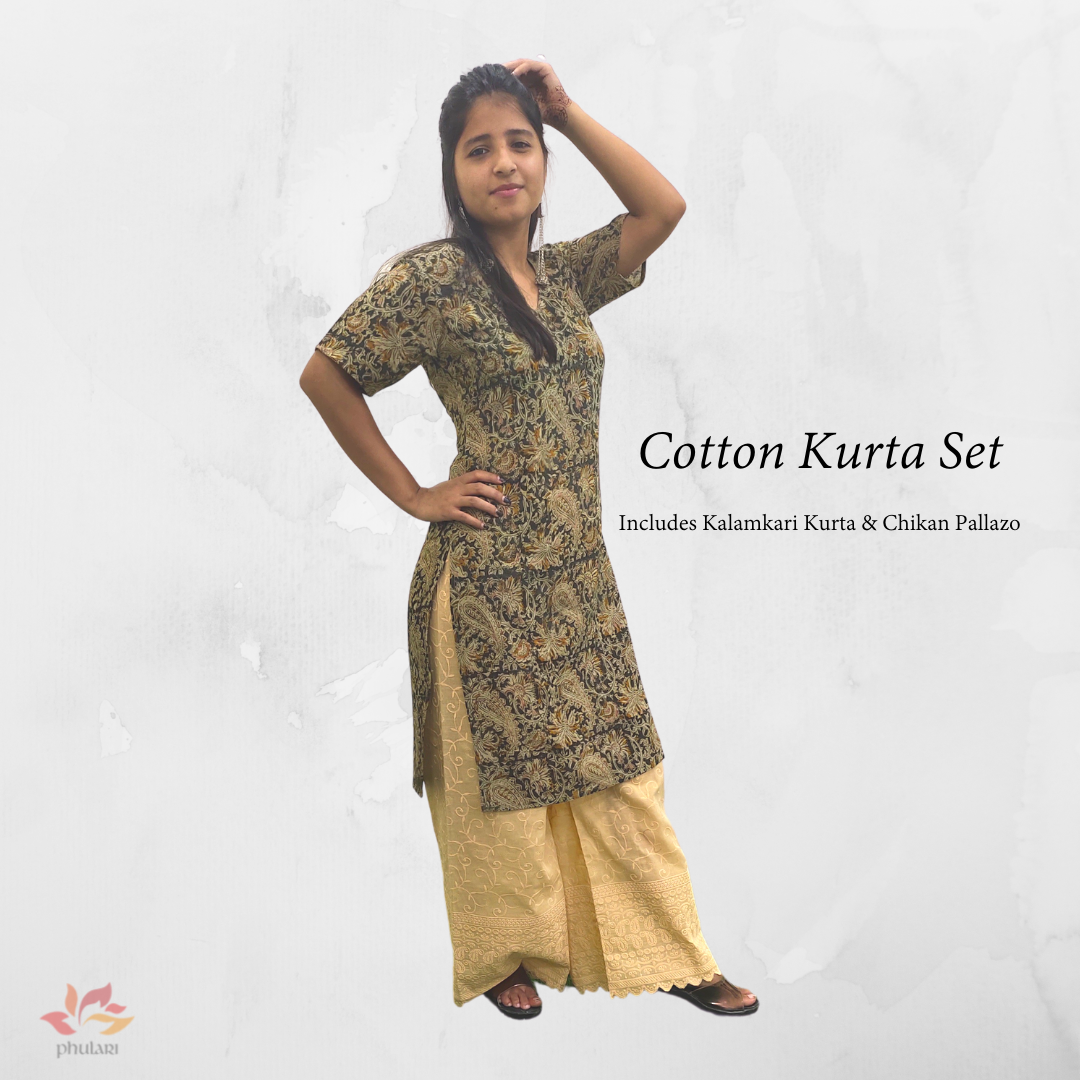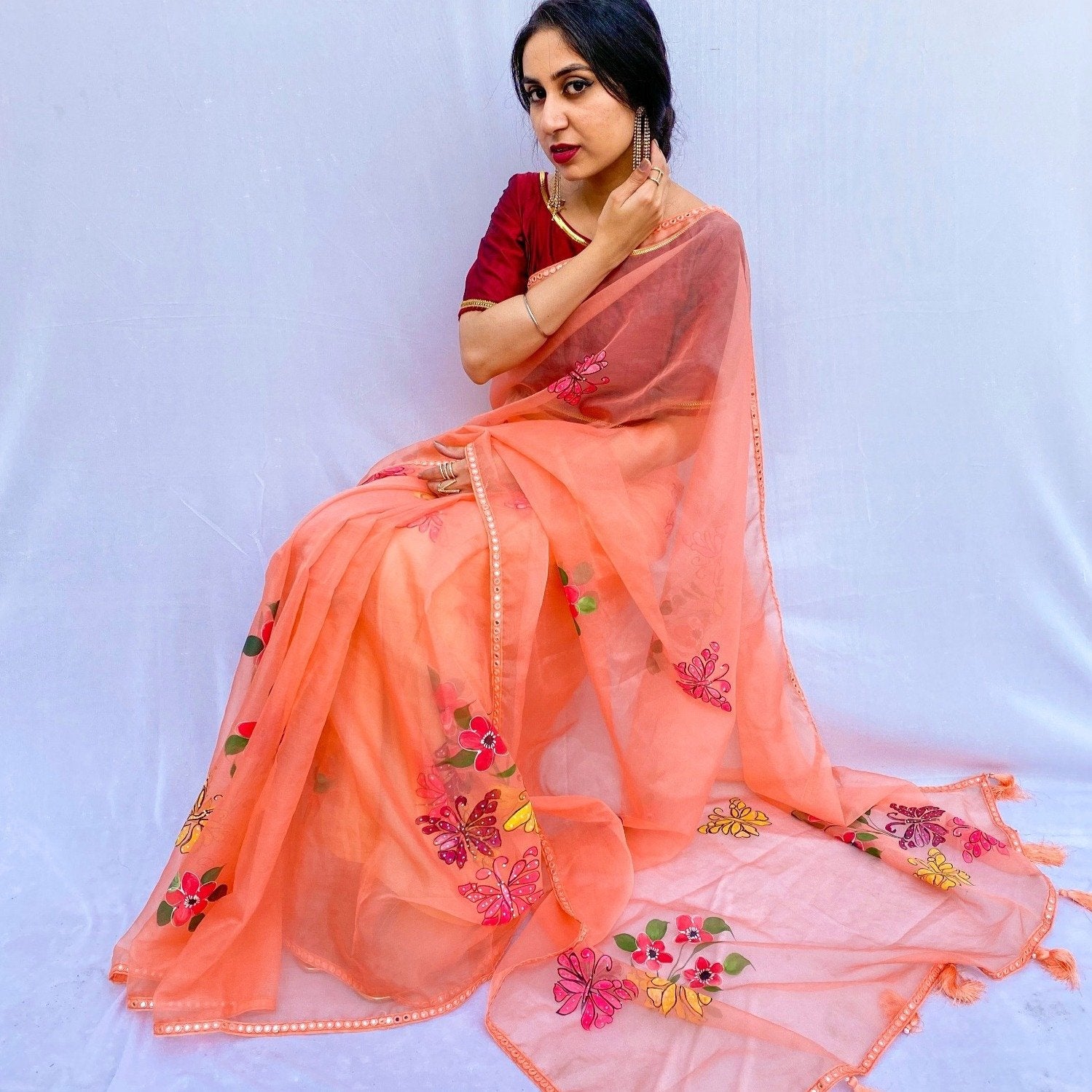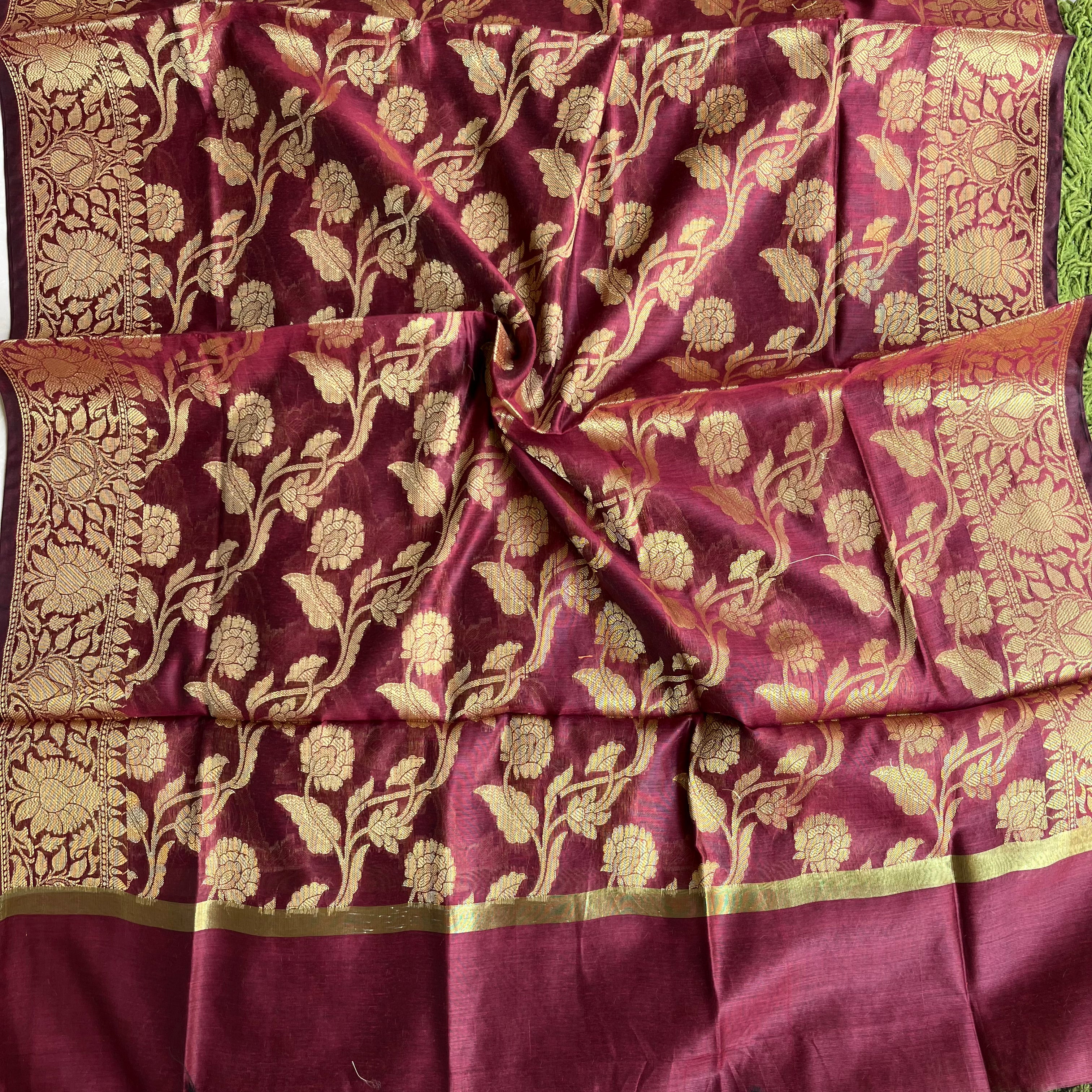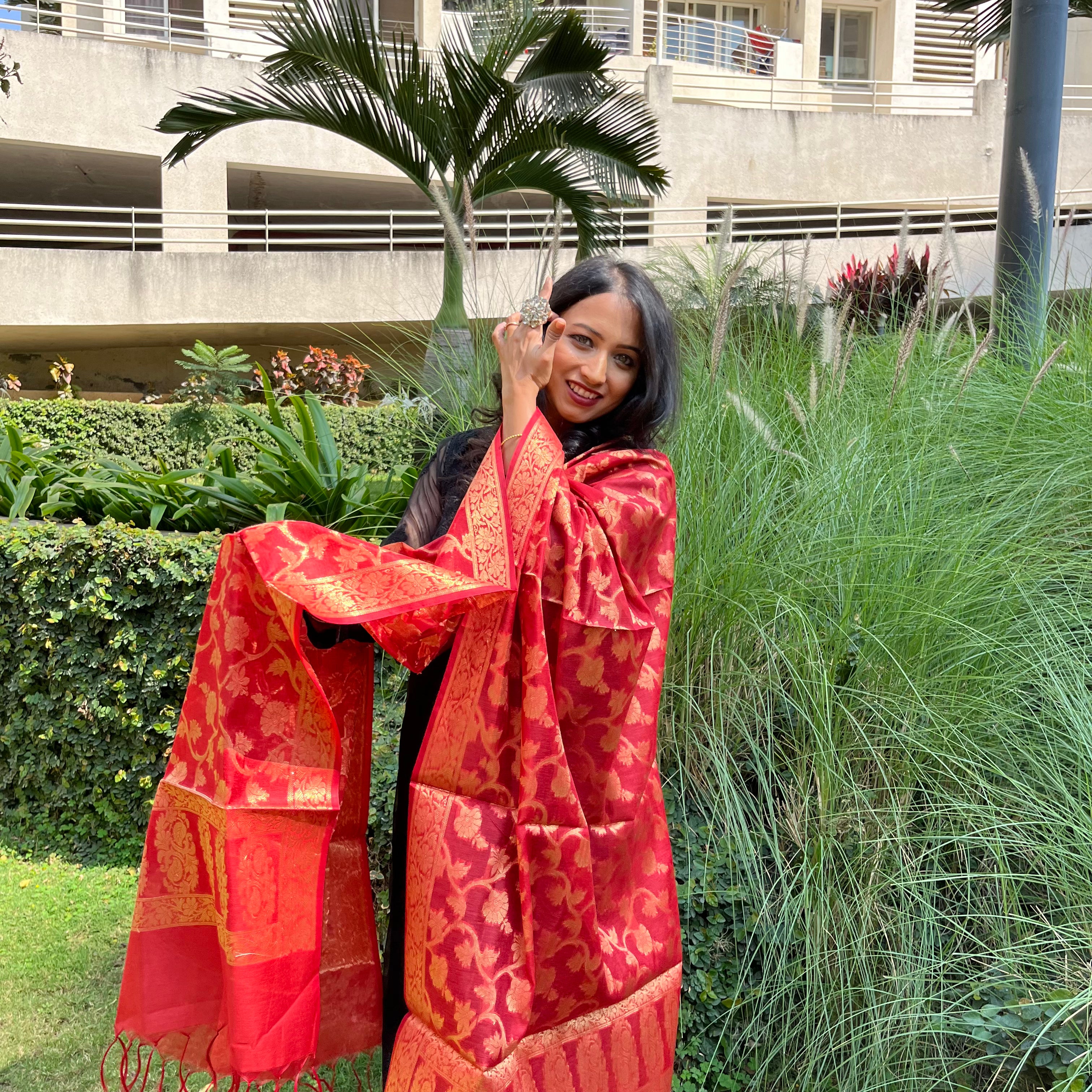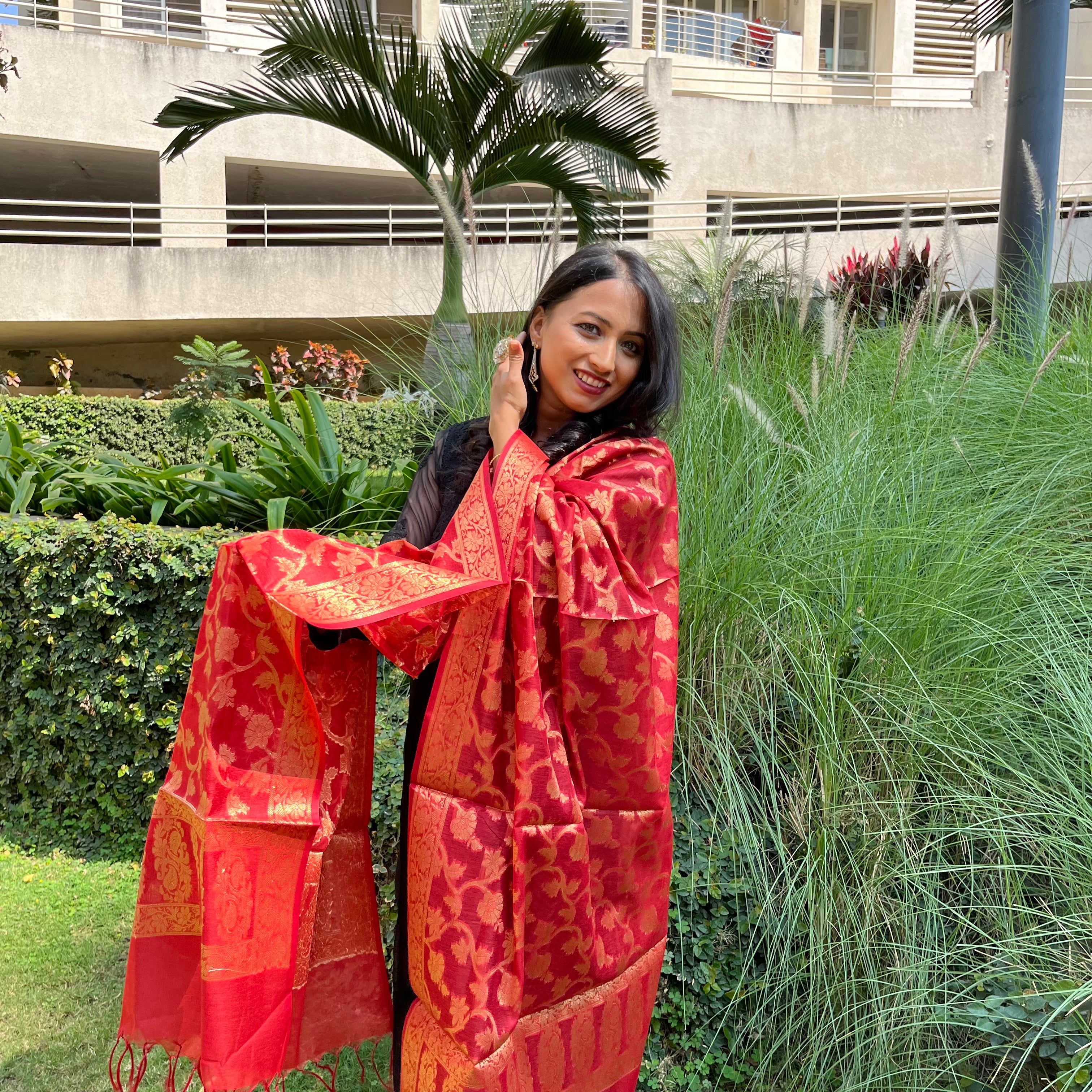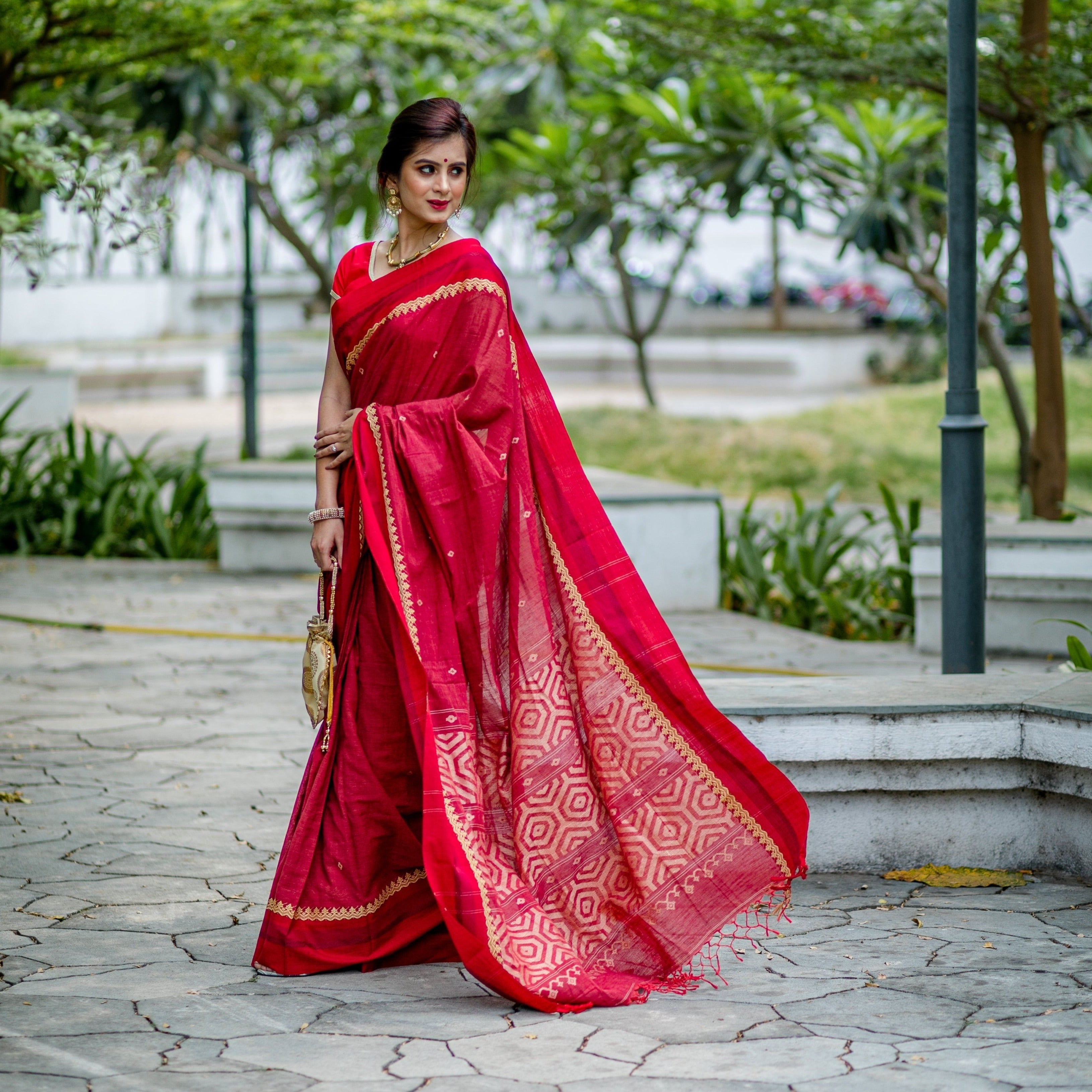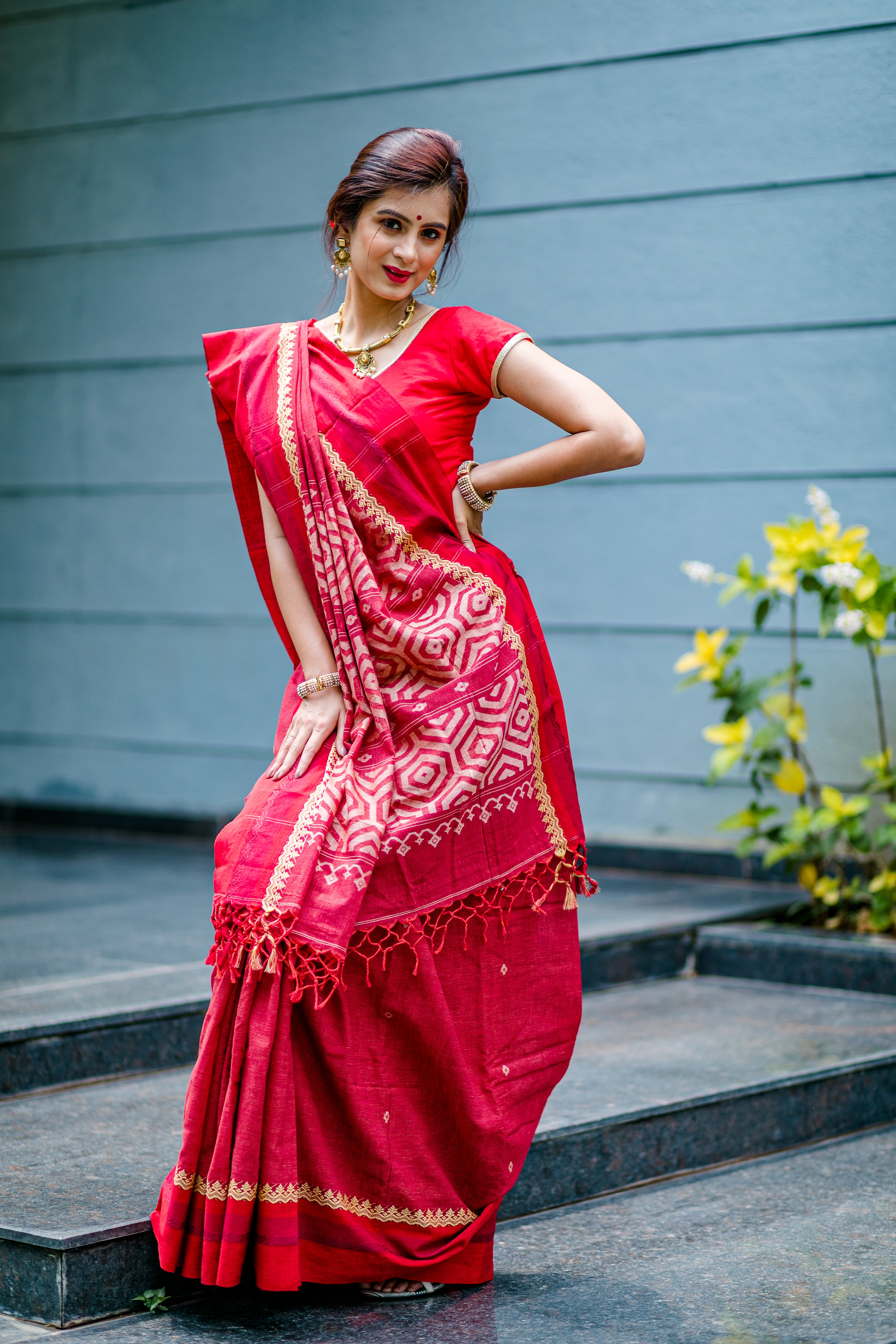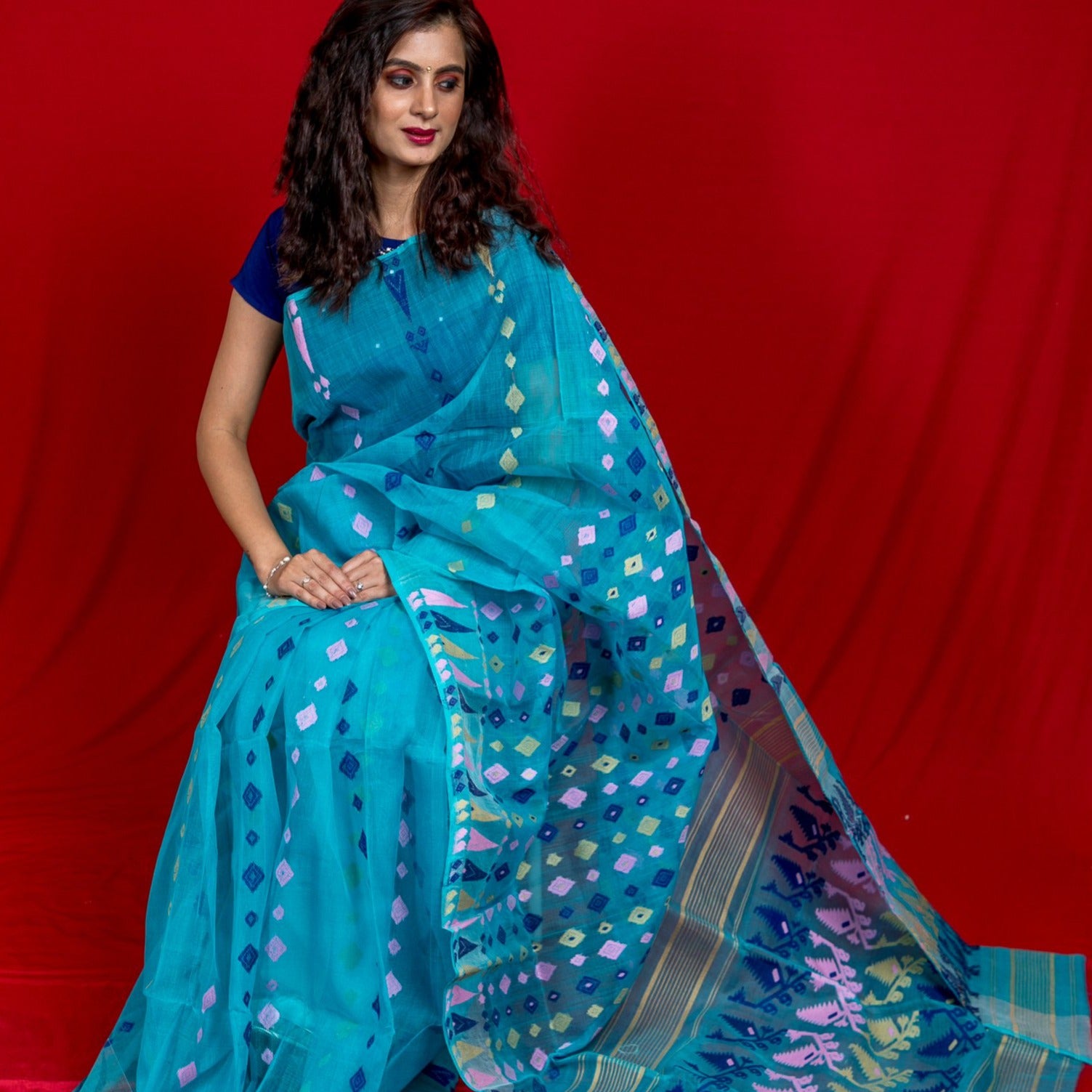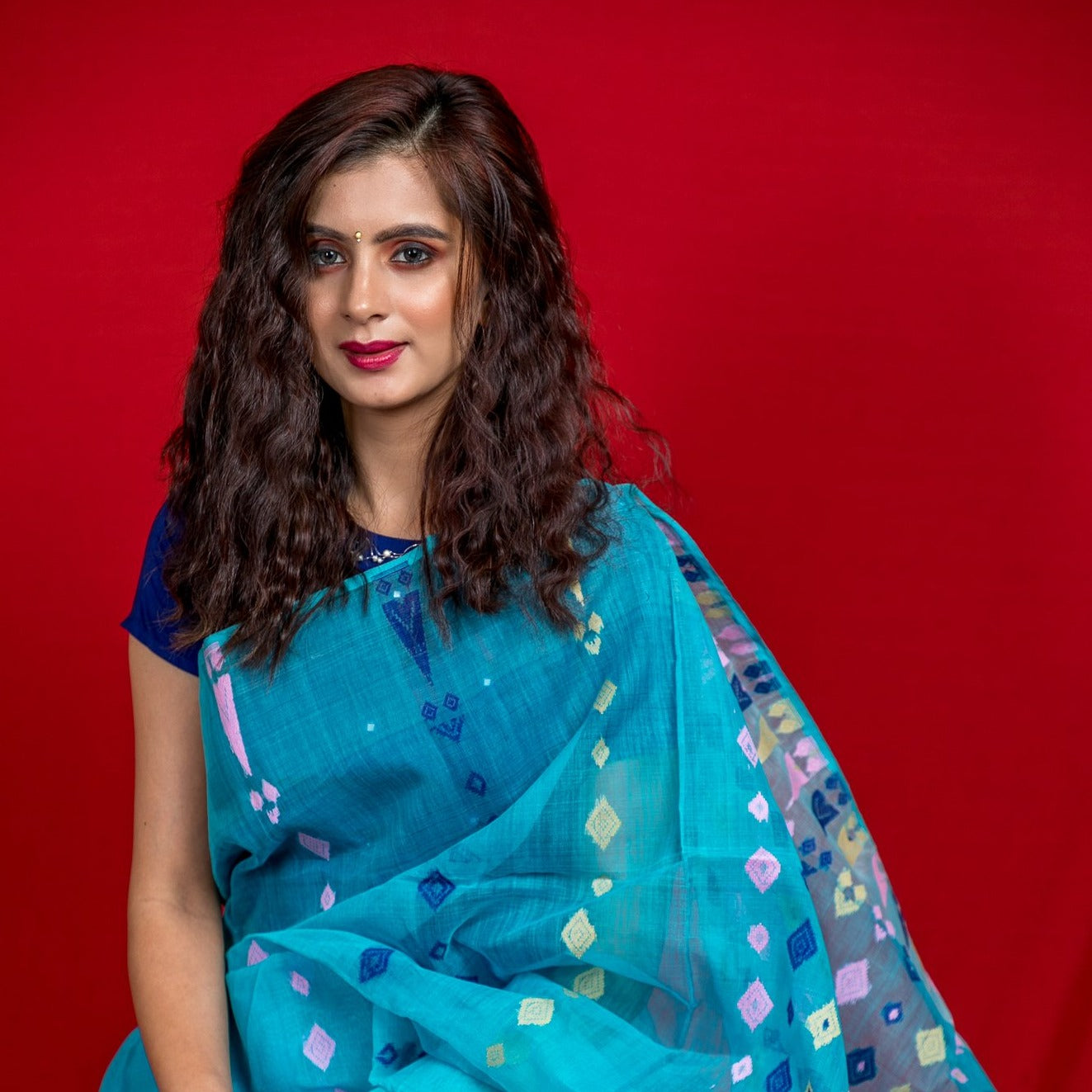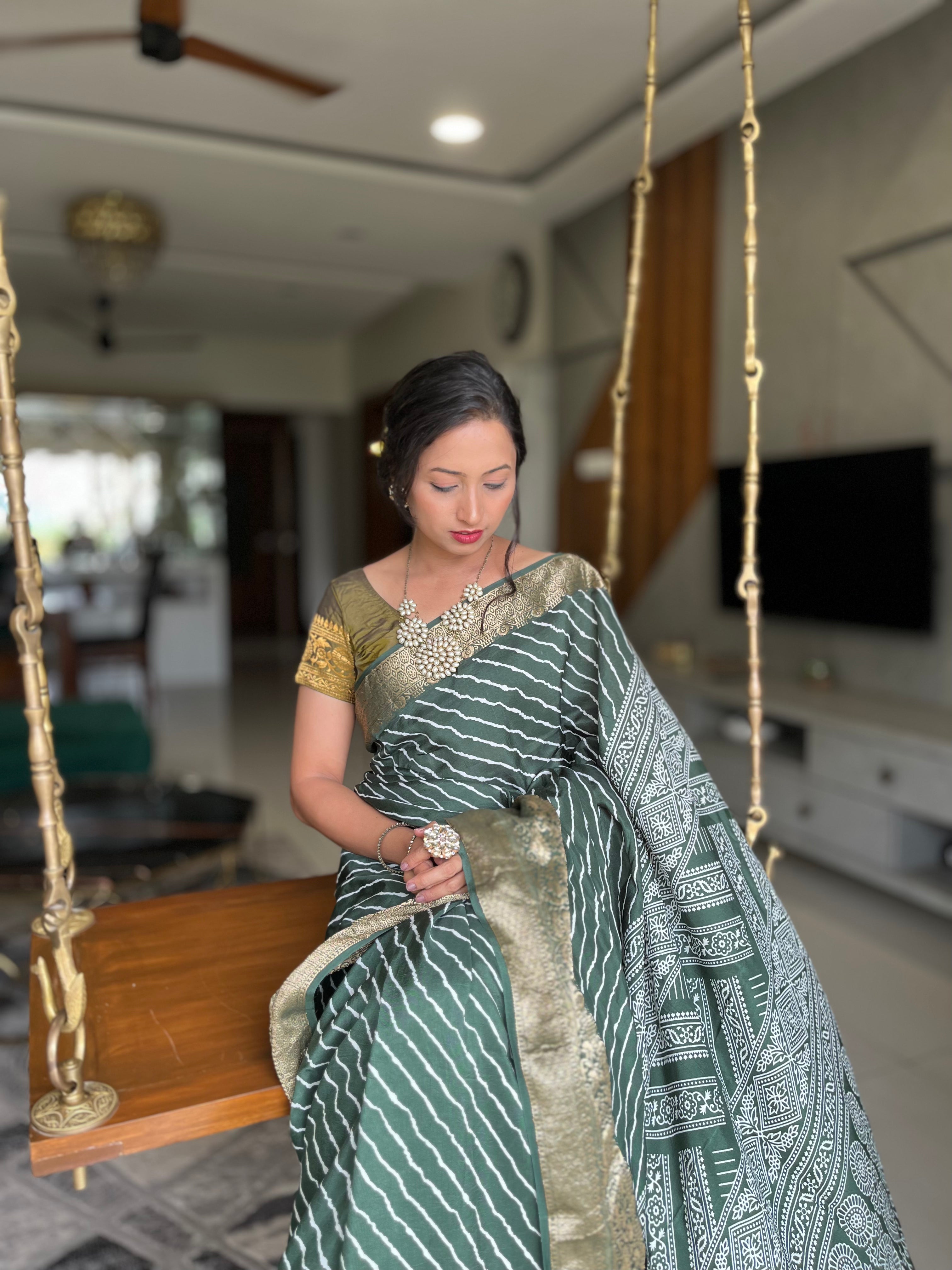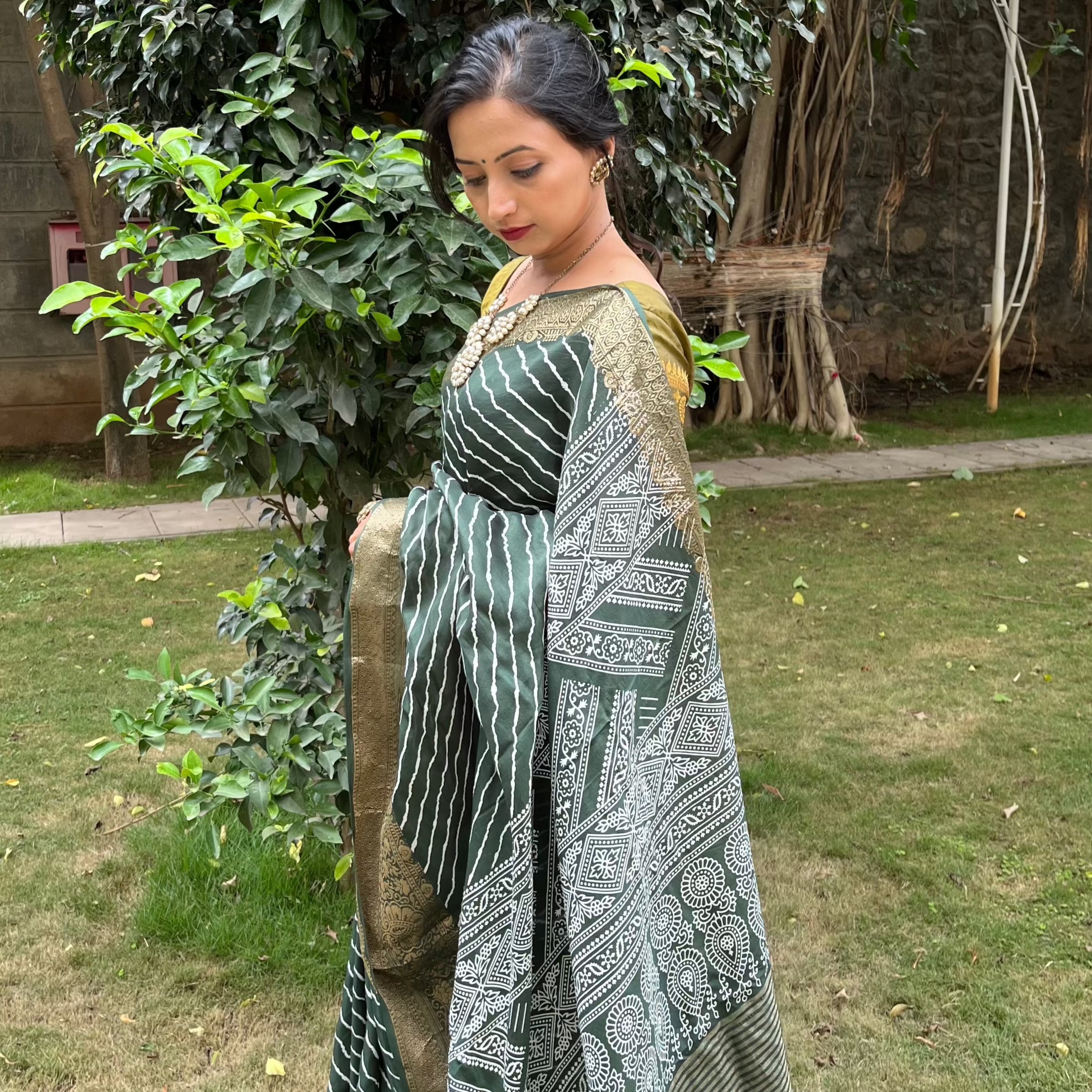While most of us are familiar with the famous weaves like Banarasi, and embroideries like Phulkari, some of the hand block printing techniques from nooks and corners of India are yet to gain popularity. While digital and block prints from Jaipur and Delhi area are reigning the markets, there are still village artisans from remote Kutch (Gujarat) who are keeping the legacy of Ajrakh hand printing alive.
While deciding the price, availability and customization aspects of our products, here are a few factors that come to play:
- Ajrakh hand printing is time consuming and complex unlike regular block and screen printing
- Transport and connectivity often has an impact on pricing and availability
- Repetition of design is difficult, once the block breaks, new blocks need to be created and they’re never 100% alike.
- A hot sunny day is perfect for your Ajrakh fabric to dry and be ready, but the weather can play a spoilt sport and creating the product in time with rains on the cards becomes difficult.
- The number of colours used (implying the number of time different blocks used) impact the complexity and pricing of the product. So a stole with just a base colour and single colour block will be much simpler to create and cheaper to buy than one with 3 colours.
- Ajrakhs are made of various fabrics, cottons being the most affordable and modal silks being more rich and expensive. While these are the popular fabrics, others include - mashru silk, chanderi, dola silk and even rayon.
It is time to revamp one of the age-old block-printing art forms of India - Ajrakh. This art form has been struggling to survive in today’s time due to multiple reasons. The process of making a single ajrakh product is time-consuming and tedious. Hence we should encourage these artisans by promoting these handcrafted ajrakh products in the form of purchases. By doing so, it will help in preserving our rich traditional art form and also spend popularity globally.
Traditionally ajrakh products were worn only by men as a turban or shoulder cloth. But eventually, the magic of this art form made it popular among women too. Ajrakh products for women began with dupattas and shawls and have gradually extended to sarees, stoles, and salwar suits.
The history
According to some historians, the word Ajrakh is derived from the Arabic word Azak, meaning blue. While for others, it is coined from two Hindi words Aaj and Rakh meaning 'keep it today.' This form of block printing originated many years ago in the province of Sindh in Pakistan and neighbouring Indian places of Kutch in Gujarat and Rajasthan. The Indus river had an important role to play in the washing of the fabric and procurement of raw materials like indigo dye and cotton.
The dyes and block
Ajrakh art form products use natural dyes. These dyes are obtained from vegetables or minerals, with indigo being the key.
The design used in the ajrakh block printing process is inspired by keeping the Mughal architecture in mind, which includes the repetition of patterns on the ajrakh fabric.
Ajrakh print motifs
The motifs on the various ajrakh outfits are a combination of nature- flowers, stars, leaves, and symmetric geometrical designs. All the motifs are built on a center point and repeated on the entire fabric in a grid-like manner.
Unique facts of Ajrakh
- To create the black dye used in ajrakh prints, scrap iron, jaggery, and tamarind are used. They are soaked in water for two weeks and then cooked over low flame.
- Ajrakh products are suitable to wear throughout the year. The reason lies in the pores of the fabric. During summers, the pores expand, making it easy for air to pass, while during winters, the pores close, providing warmth.
- Water is essential in the dying process of ajrakh products. If it is high in minerals, it can affect the colors of the dyes.
- Traditionally ajrakh block print outfits were worn only by men from the Kutch. But today, it is a fashion statement for both men and women.
- 16 steps are involved in the beautiful outcome of ajrakh products.
The problems faced by the Ajrakh artisans
There are numerous obstructions in the process of Ajrakh block printing that hinders the outcome of these products. It includes the use of machinery to help reduce the production time but is a threat to the age-old tradition of this art form. The making of a single block is costly, with no surety of durability. Another major problem is the lack of water resources around the working space, and with time changing, there is a lack of new artisans from the newer generation not willing to take up this profession due to great labour requirements and reduced payback.
Today, to keep with the modern and contemporary trends in the fashion world, Ajrakh artisans are experimenting with the motif designs, dyes, and fabric to suit the needs of the group of handcraft lovers and women who love exploring new outfits. This will help in the growth, recognition, and popularity of this art form both nationally and internationally.
A glimpse of our Ajrakh Collection
At Phulari we have been curating different Ajrakh products, right from stoles to sarees, in traditional and fusion prints. For those who love earthy colours, fine prints and comfortable wear, we always recommend going for our Ajrakh range. For those who love flowy drapes with a bit of a sheen, we highly recommend the Modal silk Ajrakhs. Here are some recommendations that are sure to excite you.

Showcasing this modal silk ajrakh saree. It has a brown base with ajrakh print on the entire fabric. These sarees are earthy, comfortable and sustainable in nature, and ideal pick for seasons and occasions.

This modal silk ajrakh saree on a black base has different designs printed in each checked box along with geometrical shapes on the pallu. It is unique, making you stand out from the rest. Team this modal silk saree with oxidised earrings and a pair of heels for a complete look.

Easy to carry and comfortable cotton ajrakh saree is apt for any time of the year. Just wrap this ajrakh saree to see the magic it evokes any day for any event.

Add richness to your ethnic outfit by pairing this modal silk ajrakh dupatta. It has beautifully printed hand-block pattern along with a zari border on the entire fabric. It is sure to bring in all the beauty and elegance required to make people go wow.

Wrap this mashru silk ajrakh stole around your neck or shoulder along with your ethnic, western or fusion outfit. Its versatility and charm, makes it ideal to elevate your appearance.
 A perfect blend of bandhani and ajrakh, this modal silk dupatta is sure to make everyone go wow. It is classy, stylish, and sure to bring all the required charm to your outfit.
A perfect blend of bandhani and ajrakh, this modal silk dupatta is sure to make everyone go wow. It is classy, stylish, and sure to bring all the required charm to your outfit.

For those who love to bring that extra elegance by draping a saree with zari, this modal silk ajrakh is an apt choice. It has beautiful ajrakh block print design on the entire fabric with a zari pallu. It is ideal for weddings and other celebrations.
Explore more of our enchanting Ajrakh Collection crafted with love by the artisans we have on board.

